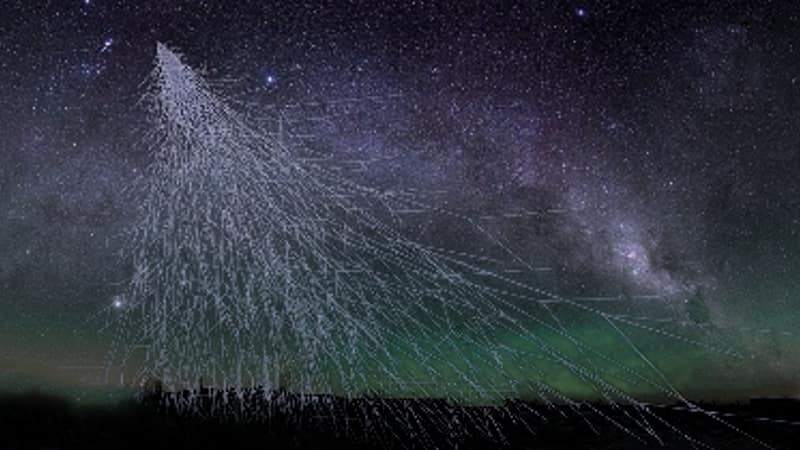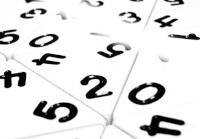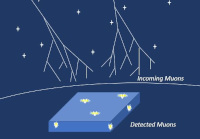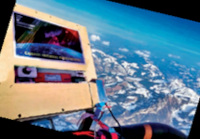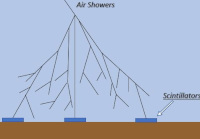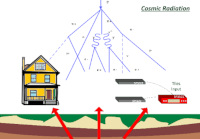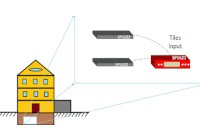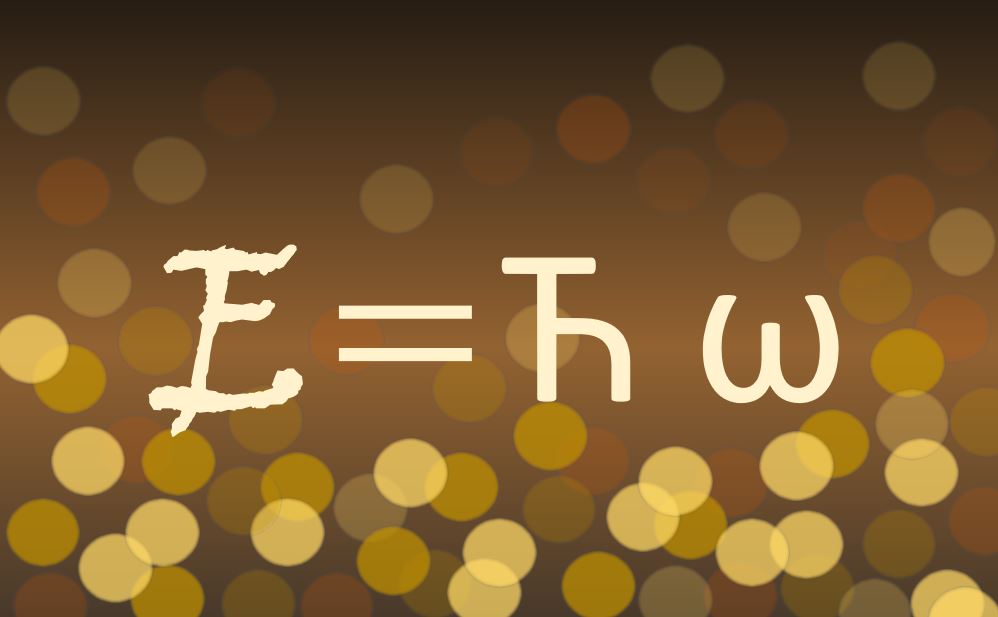Cosmic Rays Experiments
Cosmic rays are energetic, subatomic particles constantly bombard the Earth’s atmosphere from all directions.
The cosmic radiation, discovered by Victor Hess1 in 1912, includes all stable charged particles and it is composed by two component: “primary” and “secondary” cosmic rays. Essentially, the first ones are composed by heavy nucleus, protons (~90%) and helium (~10%), but also electrons, neutrinos, photons, some light nucleus and antimatter (positron and antiprotons). These particles are accelerated by astrophysical sources and by interacting with the terrestrial atmosphere, they mainly produce the “secondary” cosmic rays: pions, kaons and electromagnetic showers. Muons and neutrinos are products of the decay chain of charged mesons, while electrons and photons originate in decays of neutral mesons.
The experiments on cosmic rays proposed in this section are performed by using the “Educational Beta KIT” and the “Cosmic Hunter”.
For both kits, the mechanical structure to build a cosmic telescope to measure the flux azimuthal variation is also available.
(1) Nobel Prize in Physics in 1936.




